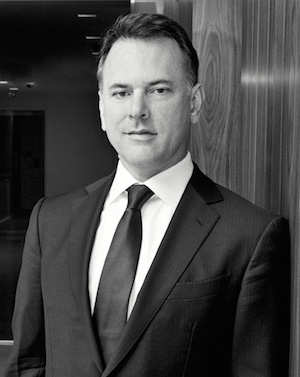Putting employers in charge of designing defined contribution (DC) plans and members in charge of managing them has undermined retirement outcomes, according to a paper by three financial policy and law researchers.
Even some progressive features, they argued—including auto-enrollment and employer contribution matching—have created perverse incentives to structure plans that accommodate behavioral biases rather than neutralize them.
Take auto-enrollment, for example. Fueled in the US by the 2006 Pension Protection Act, “this widely-believed success story obscures an underlying troubling reality,” wrote authors Ryan Bubb and Patrick Corrigan of the New York University School of Law, along with Clemson University economics professor Patrick Warren.
Adopting auto-enrollment means picking a default contribution rate. The most popular rate selected, according to the paper, is 3%. That is half the 6% default rate suggested by the nonprofit Defined Contribution Institutional Investment Association, which then recommends automatic escalation to at least 15%.
In practice, gains in participation rates from auto-enrollment appear more than offset by the stickiness of the low average default, argued Bubb, Corrigan, and Warren.
“The adoption of automatic enrollment by employers has in fact reduced the retirement savings of many households and may in fact have reduced overall retirement savings in the United States,” the authors wrote in their paper. Average savings rates in 401(k) plans, they noted, have fallen since auto-enrollment took flight.
But what’s employers’ incentive for setting such a low default rate? Attracting talent, according to the scholars.
“The employer will choose the default contribution rate that minimizes contributions to the plan, since with fewer matching contributions, the employer can then offer a higher wage,” they wrote.
Furthermore, a low-default/higher-match rate allows employers to attract staff with compensation many will never actually receive. Workers biased towards short-termism and passivity in retirement planning “will overvalue employers’ offers to match since they will overestimate how much they will in fact save for retirement.” For employers, the authors argued, “matching delivers great bang for their buck in attracting naïve workers.”
To solve this entanglement of interests, Warren, Corrigan, and Bubb proposed a radical move: ban employer matching from regulator-qualified DC plans.
Their overarching advice for fixing the American DC system was similarly audacious.
“Employers have incentives that conflict with the goal of providing workers with an optimal retirement savings choice architecture,” the researchers concluded, and floated an “ambitious” response. “Scrap the whole scheme and instead create a federally-sponsored defined contribution plan that would be supplemental to Social Security.”
Ryan Bubb, Patrick Corrigan, and Patrick Warren’s paper—“A Behavioral Contract Theory Perspective on Retirement Savings”—will appear in an upcoming issue of the Connecticut Law Review.
Related: American Failure; 401(k) Plans’ Pervasive Problem of Excess Fees; More 401(k) Options Mean Worse Outcomes

.jpg)
 Robert Wallace, CEO, Stanford Management Company
Robert Wallace, CEO, Stanford Management Company